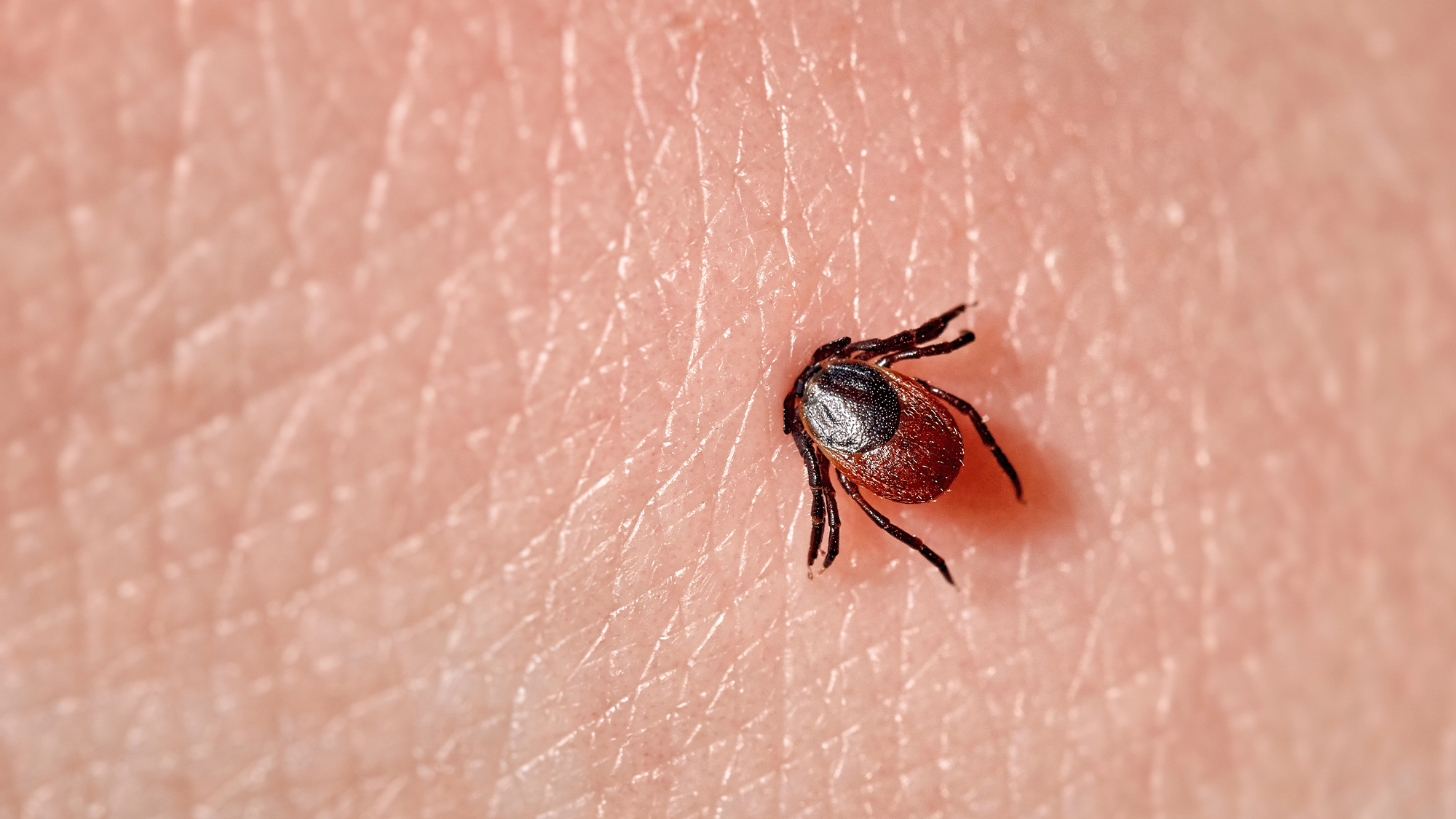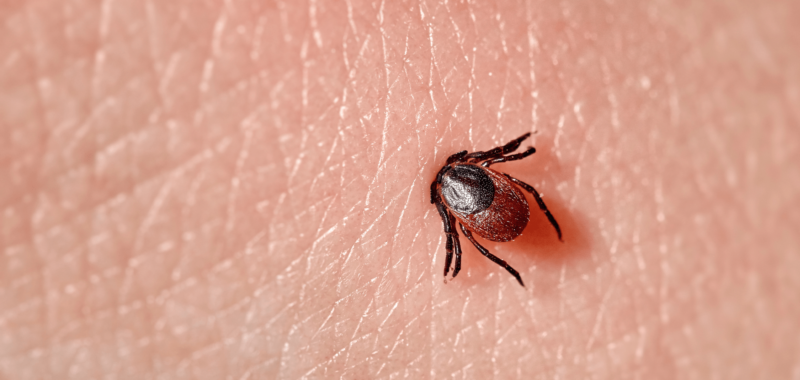
Migrating birds can bring along some dangerous stowaways during their epic travels–ticks. These blood sucking arachnids can carry serious pathogens including Lyme disease, Anaplasmosis, and Powassan virus infection. Now, the ticks that hitch a ride on birds may be spreading easier and establishing themselves in newer locales due to climate change. The findings are detailed in a study published November 18 in the journal Frontiers in Cellular and Infection Microbiology.
“If conditions become more hospitable for tropical tick species to establish themselves in areas where they would previously have been unsuccessful, then there is a chance they could bring new diseases with them,” study co-author and University of Southern Mississippi biologist Shahid Karim said in a statement.
Unwanted travel companions
Ticks are some of Earth’s most effective disease vectors. They can connect humans and domestic animals to diseases that typically only live in the wild like Lyme disease. Ticks can also bite onto birds–particularly migratory avians that travel thousands of miles. This hitchhiking allows the ticks to travel across vast distances.
[Related: You’re less likely to get a tick bite if you steer clear of these spots.]
Increases in global temperatures due to climate change are now making it easier for some tick species to live as an invasive species. This can also occur very quickly. For example, the Asian long-horned tick (Haemaphysalis longicornis) was first detected in the state of New Jersey in 2017 and can now be found in 14 additional states.
“Geographic distribution is changing very rapidly in many tick species,” study co-author and Georgia Southern University biologist Lorenza Beati said in a statement. “For some migrating exotic ticks, global warming may create conditions at their northern destination[s] that are similar to their usual range. If warmer climatic conditions are combined with the presence of suitable vertebrate hosts for all tick life stages, the chance of establishment is going to increase.”
Bird watching
In the new study, the team investigated tick dispersal through migrating birds. The team set up nets at six locations where birds typically stop to rest along the northern Gulf of Mexico. Each of the birds was fitted for a numbered identification band, measured, given a physical, and scoured for ticks. If and when ticks were found, the arachnids were preserved for later DNA analysis to confirm the species and identify what pathogens they carried.
Next, the team divided the birds into three categories–residents, short-distance migrants, and long-distance migrants. They also mapped out the geographic distributions of each bird species to understand where they would have picked up ticks. These maps highlighted just how far ticks could be carried. The average dispersal distances rose as high as 3,100 miles (5,000 kilometers)
However, the number of ticks turned out to be fairly low. Nearly 15,000 birds were sampled–almost 2,000 of them more than once–yet only 421 ticks were collected from 164 birds. While 18 different species of tick were identified, only four species accounted for 81 percent of the ticks identified by the scientists. The short-distance migrants carried more ticks than long-distance migrants and several of the ticks samples were neotropical species not established in the United States.
Under the microscope
The team then analyzed the bacteria that the ticks were carrying. Francisella bacteria were the most common. These bacteria endosymbionts help ticks function, but some species can cause a disease called tularemia. Higher levels of Francisella bacteria in a tick have been associated with lower levels of two other bacteria–Rickettsia or Cutibacterium.
Rickettsia species were the second most abundant bacteria. These bacteria cause fevers or rashes depending on the species. This could indicate that they have a symbiotic relationship with ticks that was currently unknown to scientists. Sucking on the blood of migrating birds across long distances demands a significant amount of energy from the ticks to stay attached.
It’s possible that the Rickettsia species might help the ticks cope with the energy loss of travel. Some species of Rickettsia can cause diseases in humans, including spotted fevers. However, scientists do not yet know if invasive species of ticks are likely to transmit these illnesses to humans
According to the team, more research is needed for a better understanding of how large the impact of bird-assisted tick dispersal is. Future studies could probe into if birds act as reservoirs by carrying tick-borne diseases when they aren’t hosting ticks.
“Not only could these ticks bring new pathogens, but if they manage to establish themselves in the US, they could become additional vectors of pathogens already present in this country or maintain pathogens in wildlife reservoirs which can then become sources of infection,” said Karim.
The best ways to protect yourself from tick-borne illnesses are wearing long sleeves when outdoors, using a good bug repellant, and doing tick checks after being outside or spending time in tick-infested areas.

